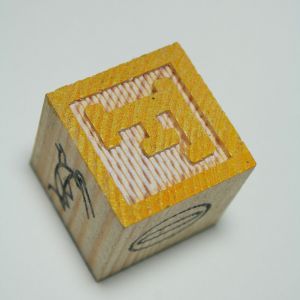By David Wolf, Attorney and Sarah Peters, Law Clerk
Published by Child Injury Lawyer Network

Are children with hearing loss more vulnerable to injuries when a school or day care center neglects to install and maintain certain safety features?
In short, the answer is “yes.” Since 1990, the Americans with Disabilities Act (ADA) has promoted and ensured equality and protection among individuals with disabilities. This act requires federally funded programs to provide auxiliary aids and / or services in a form suitable to the individual(s) with disabilities. This means that the ADA plays an essential role in public schools and in some day care centers.
While the necessary aids and services may vary upon the individual and their circumstances, for students with hearing loss, it is particularly vital that schools install and maintain various safety features, including visual flashing alarms. When a child is unable to hear, the flashing lights may serve as the only indication that an emergency has arisen, fire or otherwise. Without it, a deaf child may be oblivious or unaware of an emergency situation, the child is at greater risk for suffering an injury.
Another beneficial safety device / feature for a day care center, school, or other place in which children are supervised / educated may include an amplification system that works with hearing aids. This system wirelessly amplifies sounds, so those with hearing aids can hear verbal cues more clearly. Without it, background noise or distance may interfere with effective communication, and leave a child more vulnerable to injury.
Additionally, for a number of safety reasons, schools, and day care centers should implement a building entry system that is not dependent upon auditory means. Where access is dependent upon an auditory cue, a child with hearing loss will be unable to enter, leaving that child vulnerable to harm or injury (especially if he or she is left unattended). Similar to the other aids and services, this safety device is key to preventing injuries to a child and is a preventative measure against other related injuries.
Lastly, a TTY (telecommunications device for the deaf) may be necessary. Without it, a member of the school staff may not be able to communicate with a deaf child or his or her parents (who may also have some form of hearing loss). With the inability to communicate remotely, a school is unable to effectively and timely report a child’s sickness, injury, discipline, etc. This inability can jeopardize a child’s health and well being.
If a child has been harmed due to the lack of safety devices installed in a school or day care, the parent or guardian can contact a Child Injury Lawyer for advice, consultation, and legal representation. A Child Injury Lawyer will be able to evaluate the merits of your case and advise the parent accordingly.
For more information, please reference the Americans with Disabilities Act, or for a brief synopsis, see the National Association of the Deaf.
The book titled – The ABCs of Child Injury – Legal Rights of the Injured Child – What Every Parent Should Know – has chapters on Day Care Center Injuries, School Injuries, Automobile Accidents, and other topics. You can get this book for free at The ABCs of Child Injury.
 Child Injury Lawyer Blog
Child Injury Lawyer Blog

